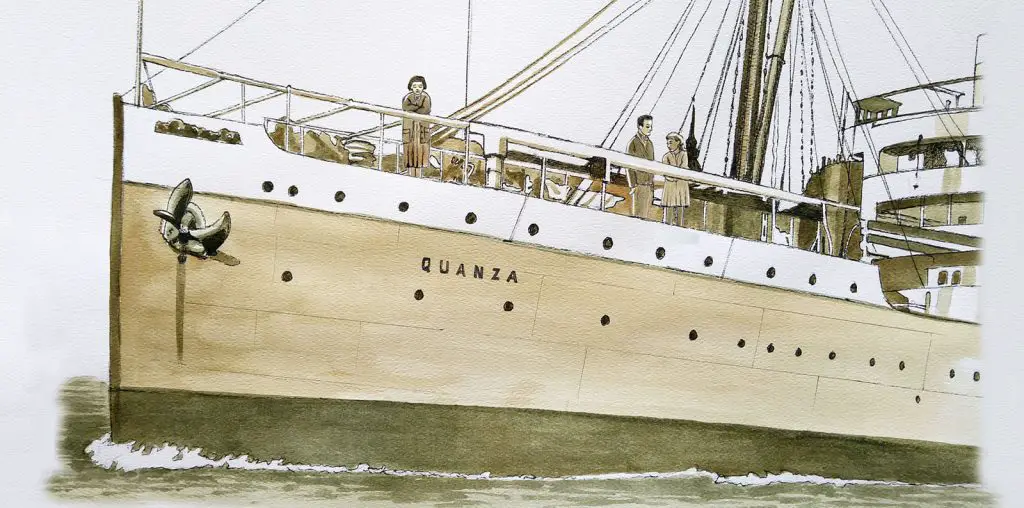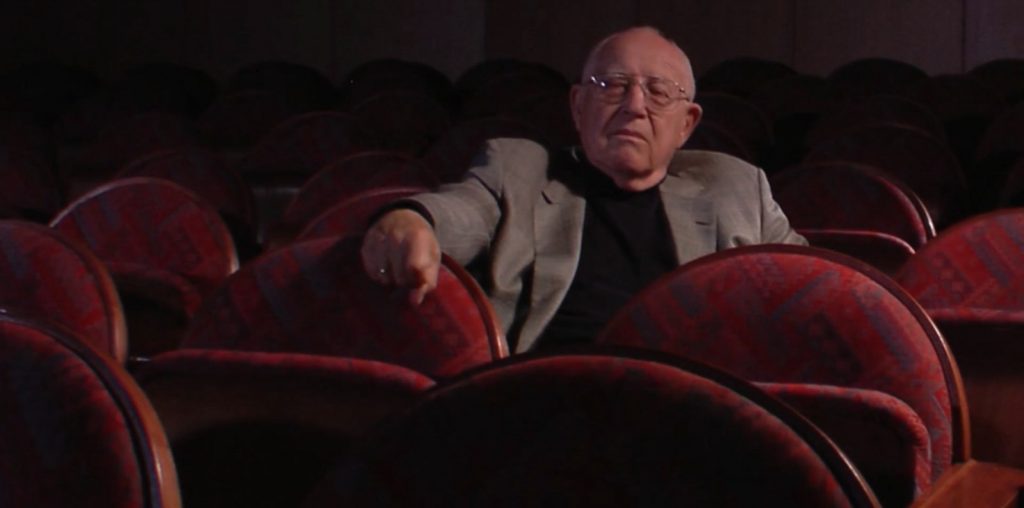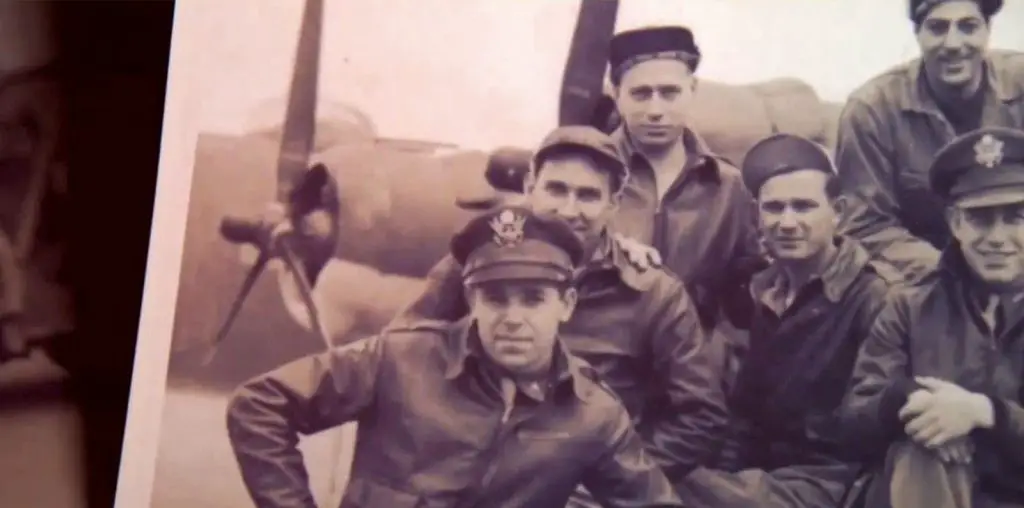
As the title implies, Still Life in Lodz is set almost entirely in present-day Lodz, Poland, which in the 1940s housed the Lodz Ghetto. Under Nazi occupation, over 40,000 people died there. Before the Nazi occupation, Lodz had a thriving Jewish populace that was forced into the Holocaust, with very few surviving.
Director Slawomir Grunberg’s documentary doesn’t focus on these people, instead opting to narrow in on the generation that came after and how they found their way through life. At the center of the story are Lilka Elbaum, Paul Celler, and Roni Ben Ari. While Elbaum gets the majority of the screentime, the other two get moments to shine, even if they are few and far between.
Elbaum, Celler, and Ari are on a mission to discover the facts and recover the artifacts to understand their heritage better. Elbaum’s backstory is brought up first, with her Holocaust-surviving parents leaving Lodz to come to America in 1968. Her home has great importance to her mainly due to it being a part of her childhood and a physical reminder of her family. The still life painting of the title was an ever-present part of her youth, and even it has a deeper history. Then there’s Paul Celler. His parents were in the Lodz Ghetto, and he’s searching for as much information as possible. At the same time, Roni Ben Ari has a great desire to delve into the photography of the past. What all three have in common is their interest in Lodz and how it affects them personally.
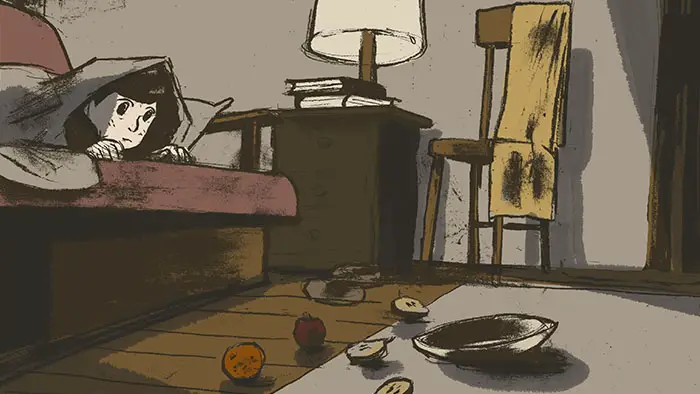
“…on a mission to discover the facts and recover the artifacts to understand their heritage…”
Their origins are incomplete since their parents’ horrifying experiences didn’t allow them to experience life with a complete heritage. It’s the reason why they’re fascinated with artifacts, pictures, and the city itself. Many scenes display how much history has been washed away; this absence fuels the subject’s drive to find the missing pieces of an era they’ve been blinded to.
Still Life in Lodz is at its best when the rich history of Lodz takes center stage. There are some downright beautiful establishing shots that get bogged down by aggressively overbearing music choices and repetitive information. The amount of archive footage and animation does nothing but pad out the already minimal runtime. This type of story doesn’t need these gimmicks and grandiose moments since they clash horribly with the previously set up atmosphere. The ineffectiveness of how the archive footage, animation, and music merge make the pacing choppy and uneven. There’s definitely an interesting story here, but these elements end up squandering much of the potential.
Still Life in Lodz takes a look into the importance of history. The still life painting from Elbaum’s childhood is one of the main driving forces that introduces the film and is the last thing shown. The past, even with how fragmented it may be, is something that should not be hastily forgotten. The subjects never got to make that choice. They’re put at a disadvantage when it comes to self-growth, and picking up the pieces may be difficult. But the three of them make it a priority to search for and, hopefully, find closure. Their desire to understand their heritage is relatable and helps smooth over some of the issues in the presentation.
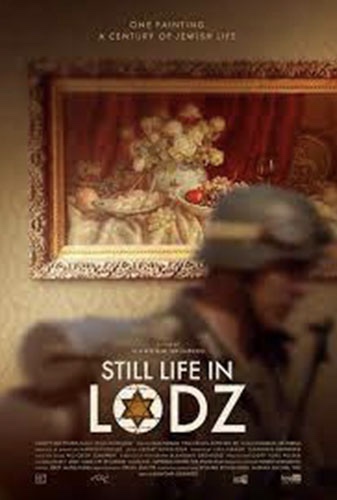
"…at its best when the rich history of Lodz takes center stage."
